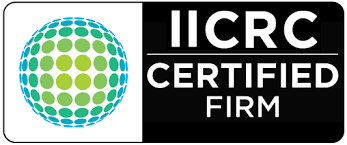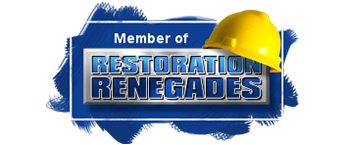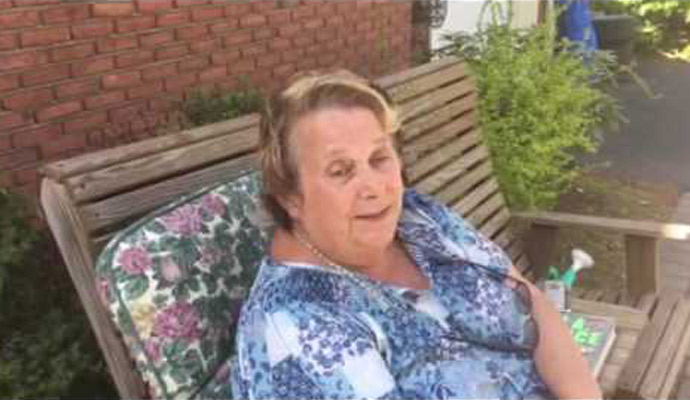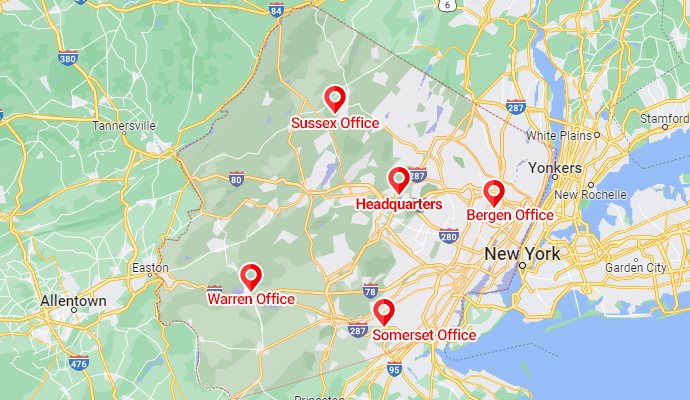Where Is All This Water Coming From?
Apart from severe weather, another source of water damage to your home can actually be coming directly from your home. Leaky plumbing fixtures and malfunctioning appliances can be causes of an indoor flood in your home. Water damage restoration caused by appliance failure and plumbing leaks can be costly, but can also be prevented. Let’s take a look at some of the major culprits of water damage inside the home, and what to do if you need to address water damage.
Common Sources Of Water Damage
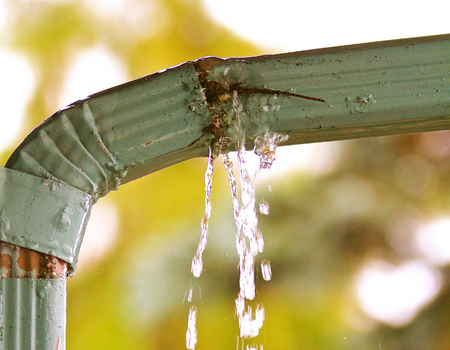
Thousands of gallons of water go through your plumbing and pipes each day. Over time, this normal use can cause damage to older fixtures and pipes and begin to leak water. Faucets and taps in the shower, sink, and bathtub are all areas where leaks can occur. Don’t forget about the drains, though. If you notice discoloration around a ceiling or part of the floor lifting up, you may have a leaky drain. The flush valve on the base of the water tank, the toilet flapper leaking, and the fill, or ballcock, valve in the water tank can all cause a leaking toilet.
AppliancesThe washing machine is one of the main appliances which can cause water damage if it’s leaking, and this will usually be from one of the water hose clamps or outlet pipes. The refrigerator is another culprit for leaks, around the door seals or hoses which connect to the fridge and ice maker. Keep an eye on your dishwasher, too. The water inlet valve, underneath the bottom plate can have a slow drip, as well as any hoses connecting your dishwasher to its water source. The water heater leaking is a big troublemaker, too. The hot water tank and the pipe connections will be the main source of water leaks.
How To Prevent Water Damage From Inside Sources
Inspect, inspect, inspect! One of the best ways you can prevent water damage is to routinely do water leak detection of your plumbing fixtures, appliances, toilets, and water heaters.
- Plumbing fixtures:Start with leak detection, by turning on each faucet, in sinks and bathtubs, and check for leaks from the handles or the faucets. Check underneath sinks inside the cabinets to see if any water is leaking from the bottom of the sink.
- Appliances: For your washing machine and dishwasher, really inspect the water hoses, the hose itself, along with where they connect to the plumbing. About once a year, check under both of these to make sure there is no leaking water on the floor. If you notice a pool of water underneath your refrigerator, you’ll want to check the seals or the drain pan for leaks. Also, be sure all the hoses are correctly connected. When it comes to preventing your hot water heater leaking, draining the minerals from the tank once or twice a year can help prevent buildup and water displacement in the tank. Also, make sure there are no loose inlet and outlet pipe connections.
- Toilets: You’ll mainly focus on the base of the toilet, as well as the pipes connecting the toilet to the plumbing source, looking for any water leakage. Also check the toilet tank, for any odd noises or leaking water from the pipe holes. Trying to fix these leaks yourself can be challenging, so call a plumber if you notice leaking water.
What to do if you have water damage
If you notice a water leak inside your home, locate your emergency water shut-off valve and turn it off. This is going to be your first line of defense in preventing major water damage. Get a plumber out to your home next, to locate the leak or damage to your plumbing or appliances, and start the repairs. Finally, call PDQ Restoration so we can begin your plumbing or appliance failure water clean-up and damage restoration. Let our water damage restoration service help you before a water leak causes structural damage to your home, through the flooring, walls, or ceiling.




